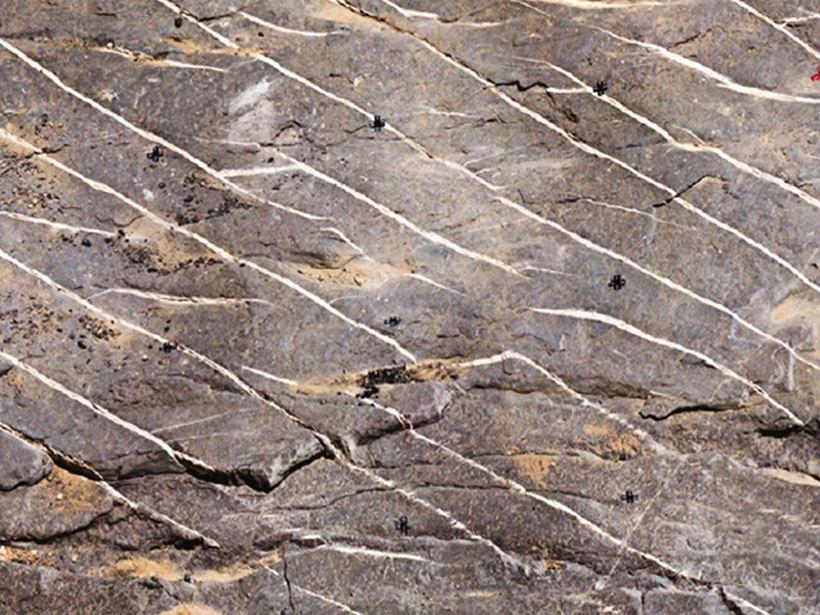Many tools of chemical analysis, experimentation, modeling, and theory have the potential to increase our understanding of how fracture patterns develop at different geological time scales.
S. E. Laubach
Orcid ID: 0000-0003-2511-9414
Orcid ID: 0000-0003-2511-9414

Many tools of chemical analysis, experimentation, modeling, and theory have the potential to increase our understanding of how fracture patterns develop at different geological time scales.